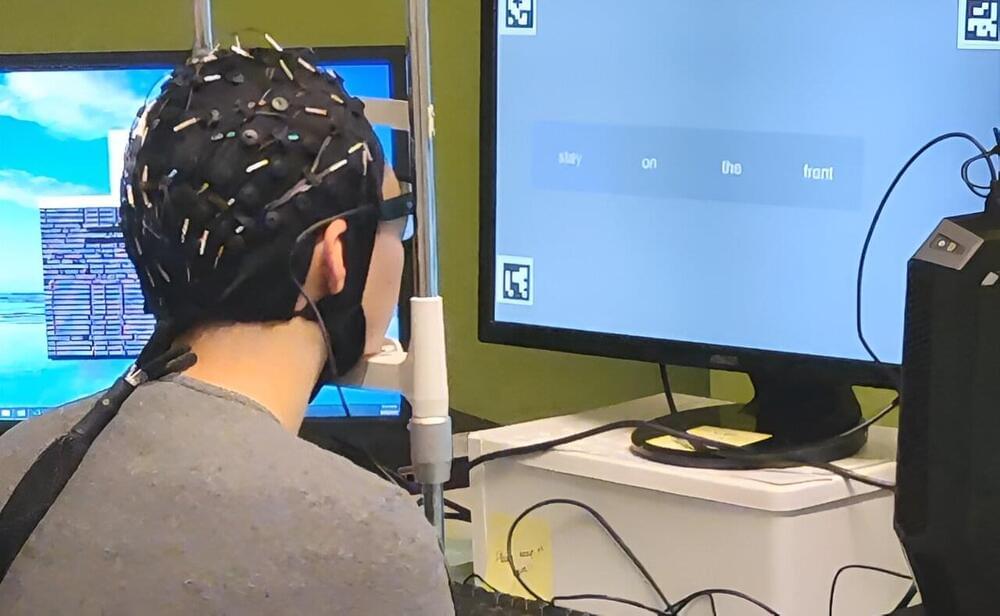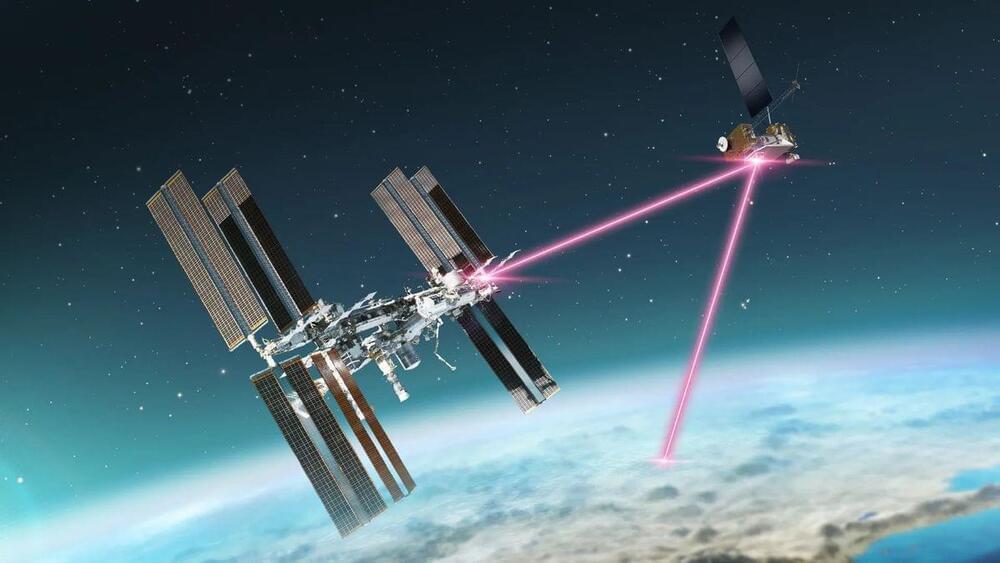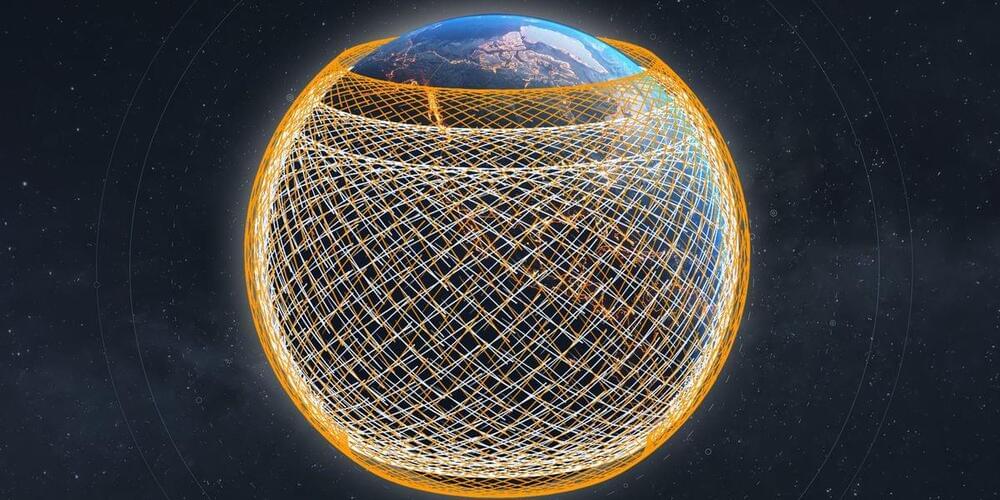I agree 100 percent with Greg Autry and Michelle L.D. Hanlon. We must take the high ground in space or we will lose our civilization. Joshua Carlson Cyrus Miryekta Junaid Mian, RPh Rick Tumlinson Nino Marcantonio Michal Ziso Namrata Goswami.
Get the latest international news and world events from around the world.

Portable, Non-invasive, Mindreading AI turns Thoughts into Text
In a world-first, researchers from the GrapheneX-UTS Human-centric Artificial Intelligence Centre at the University of Technology Sydney (UTS) have developed a portable, non-invasive system that can decode silent thoughts and turn them into text.
The technology could aid communication for people who are unable to speak due to illness or injury, including stroke or paralysis. It could also enable seamless communication between humans and machines, such as the operation of a bionic arm or robot.
The study has been selected as the spotlight paper at the NeurIPS conference, an annual meeting that showcases world-leading research on artificial intelligence and machine learning, held in New Orleans on 12 December 2023.

Kids with Cats have more than Double the Risk of Developing Schizophrenia, researchers find
Researchers at The Park Center for Mental Health, Australia, have added to the growing body of evidence that cat ownership is a major risk factor for schizophrenia and quantified the risk at more than double. In a paper, “Cat Ownership and Schizophrenia-Related Disorders and Psychotic-Like Experiences: A Systematic Review and Meta-Analysis,” published in Schizophrenia Bulletin, the team details the connections between youth cat ownership and later-in-life schizophrenia-related diagnosis.
The researchers conducted an extensive study search across various databases and gray literature from January 1, 1980, to May 30, 2023, without geographical or language limitations. They included studies reporting original data on cat ownership and schizophrenia-related outcomes. Out of 1,915 identified studies, 17 were used from 11 different countries.
Cat ownership was associated with an increased risk of schizophrenia-related disorders. The unadjusted pooled odds ratio (OR) was 2.35, and the adjusted estimate was 2.24, indicating an over twofold increase in the odds of developing schizophrenia-related disorders among all individuals exposed to cats.


Trigonelline: Increase NAD And Melatonin, Reduce Homocysteine?
Join us on Patreon! https://www.patreon.com/MichaelLustgartenPhDDiscount Links: At-Home Metabolomics: https://www.iollo.com?ref=michael-lustgartenUse Code: C…

Revolutionary Robotic Blended-Wing Aircraft Set to Transform Cargo Transport
Summary: A novel aircraft design pioneered by startup Natilus could dramatically alter the cargo transportation industry, offering larger capacities, reduced emissions, and futuristic remote control options.
In the field of aviation technology, a groundbreaking blended-wing robotic aircraft presents a future where efficient and sustainable cargo planes are the norm. The company pioneering this effort, Natilus, has built a model that harmonizes ecological concerns with the need for faster and cost-effective transportation.
Drawing from the source article, the unconventional plane differs from traditional airliners with its distinct diamond-shaped body that facilitates a more spacious cargo hold. This design enables up to 60 percent more cargo to be carried compared to the current models in use. Furthermore, it notably claims to cut carbon emissions by half, a crucial development for an industry under increasing pressure to become more environmentally friendly.

Pew! Pew! Pew! NASA’s 1st successful two-way laser experiment is a giant leap for moon and Mars communications
NASA has completed its first laser link with an in-orbit laser relay system, marking a significant advancement in space communication technology.
The successful demonstration of two-way laser communications on Dec. 5 between laser terminals in different orbits could provide a basis for faster communications between Earth and the moon or even beyond.


David Sinclair Presents His Information Theory of Aging
In a new paper, Sinclair and his co-authors outline a theory arguing that epigenetic changes are the underlying cause of aging [1].
It is not every day that one of the most prominent geroscientists presents a new theory of aging. David Sinclair of Harvard, along with two co-authors, Yuancheng Ryan Lu and Xiao Tian, have just published “The Information Theory of Aging” in Nature Aging. This theory was proposed by Sinclair years ago [2], and this new paper is an attempt to summarize it based on the most recent research.
The ability to store and retrieve information is central to life, which relies on the constant reproduction of complex organisms using DNA blueprints. However, on top of that digital genetic code, there is a much messier realm of epigenetics, which regulates how genetic information is translated into proteins.